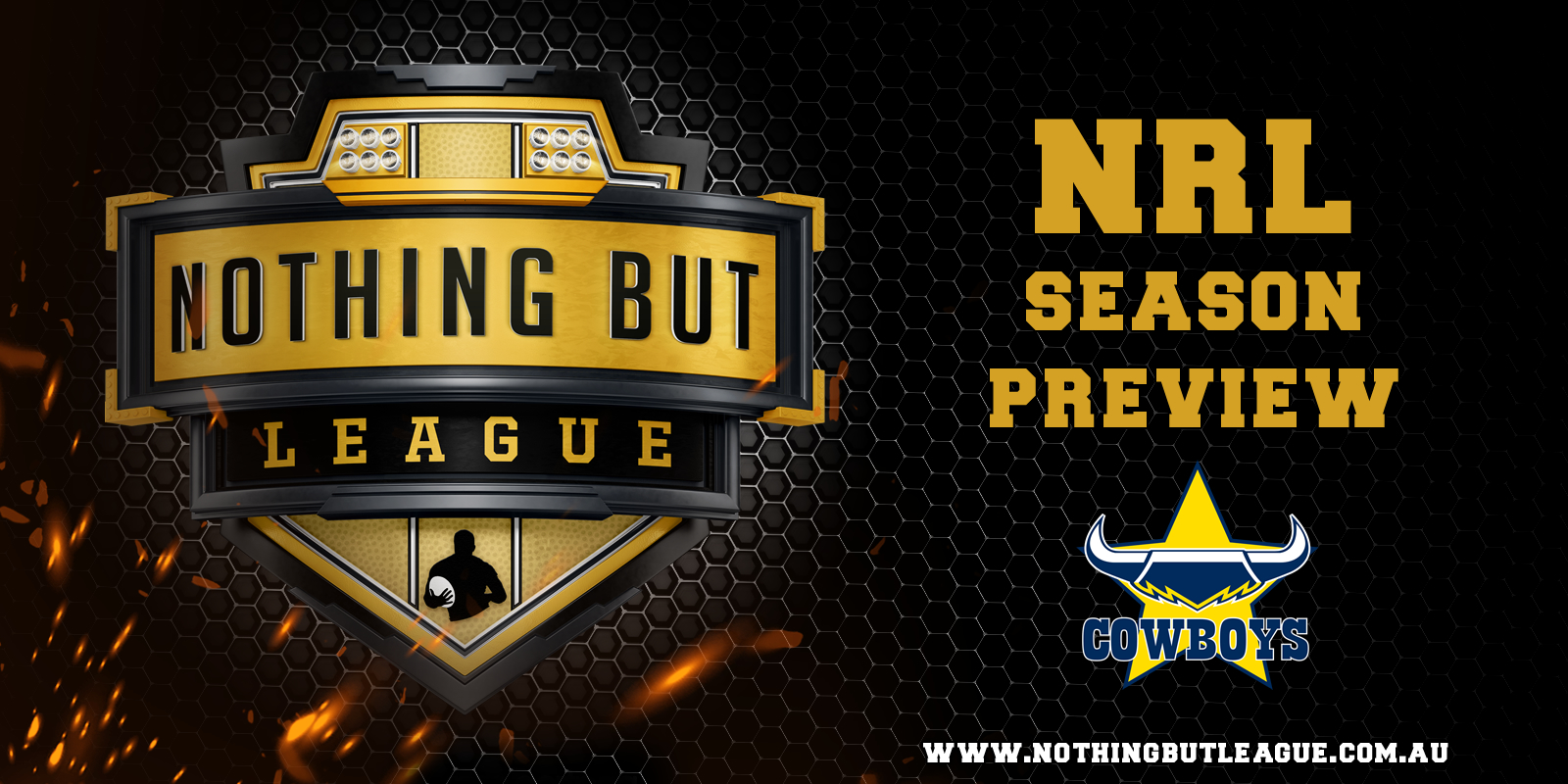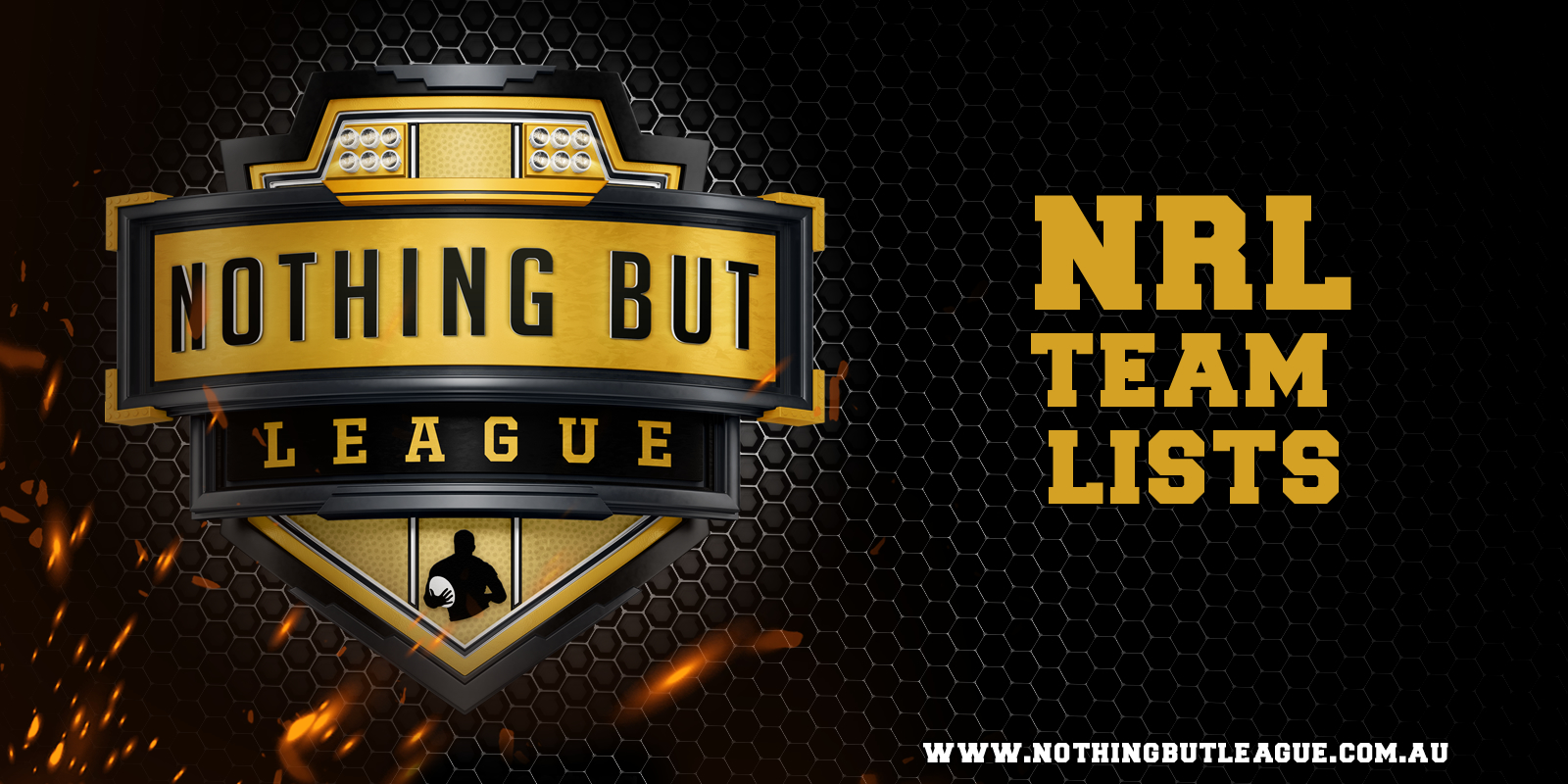Last Friday evening, Peter V’landys and the leading referees made a breakthrough in negotiations over this week’s discussions between the NRL and the Referees’ Union.
It’s miraculous work by V’landys, considering it felt like World War III was about to develop between the game and one of its most important commodities.
This agreement allowed the game to kick off this Thursday with one referee and a cost saving to boot.
While the referees will back themselves to be able to control a game with only one on-field official, the blunt truth is that very few of the leading crop have that experience in the game’s modern era.
Lack of experience with one on-field ref
The only time when the elite NRL referees would have had an opportunity to experience being fully in control of a game is at International level. This is taking into account that the elite haven’t been demoted to the Queensland Intrust Super Cup or Canterbury Cup NSW in the past few seasons, where one on-field ref is common.
Since the 2017 Rugby League World Cup there’s been 21 Tests played, with 14 officiated by current NRL referees.
Gerard Sutton has officiated six of those Tests, Grant Atkins three, Matt Cecchin two, and Ashley Klein, Ben Cummins and Adam Gee one each.
This is in comparison to 419 National Rugby League matches played in the same period, representing three percent of NRL and International matches where the elite referees have been the lone on-field official since the start of 2018.
The good will shine
Of the current crop Sutton would be the most adapted to control a game on his own, and would be a prime candidate for opening this Thursday’s revised season between Brisbane and Parramatta at Suncorp Stadium.
On a side note, the Broncos have lost just once in the past 16 games with Sutton refereeing at Suncorp Stadium.
Klein and Atkins are likely to be successful too, having plied their trade through the junior ranks and in Super League respectively.
The whistle happy will be left behind
At the other end of the spectrum, there’s a number of referees who will struggle to adapt and likely to resort to blowing the pea out of the whistle.
One that comes to mind is Henry Perenara.
Perenara isn’t a classically trained referee and only took up the whistle once his playing career ended.
Quite often his penalty count can be upwards and over 20 penalties a game. This can be to the detriment of teams which enjoy free-flowing football.
The Sydney Roosters seemed to have escaped the refereeing of Perenara; he’s only officiated them eight times in the last five seasons.
Alternatively, his style may suit a grinding team such as Manly, who enjoy the stop-start style. He has been involved in 20 of their games in the same period, with the Sea Eagles winning the last five with him in control.
The death of the professional touch judge
There’s another facet to be considered. With the exclusion of the part-time touch judge officials from the newly inked deal, it’s likely that permanent on-field referees may need to officiate as linesmen.
Over 1,200 games of linesman experience has gone within a flash, with the likes of Jeff Younis, Nicholas Beashel and Rickey McFarlane “sitting” on the sidelines.
Imagine Gavin Badger, Matt Noyan, Matt Cecchin or even Sutton running the line in a game your team is playing?
Touch judging is a specialised role. Gus Gould proved that when he gave it a go many years back.
If we get lead referees “filling in” as linesmen, then this indicates a bigger concern: fatigue and a higher risk of injury. The already stretched resources of a 22-man squad could be shown up quite quickly.
The initial results will be lauded, but with long-term consequences
If Thursday’s appointment goes to Sutton and he performs well, V’landys and the mainstream media will be lauding their efforts to make the sudden shift to one referee.
I’m predicting that as the weeks go on and the lower end of the elite referee’s weaknesses are exposed, the honeymoon will be over. We may even be pleading by late October that the game needs two on-field referees because of the wrestling tactics slowing down the ruck speed. Not even a threat of “six again” will curb ruck behaviour. That ruling is set to cause confusion, compared to the ideal of making the game quicker.
The “informed” rugby league public will need to realise that mistakes will be made despite the two sideline officials and the fact not every camera angle will pick up ruck infringements, or late hits on players after passing the ball or kicking downfield.
Three percent is scary, but it’s the naked truth that will separate the men from the boys in the ref ranks over the next six months.








